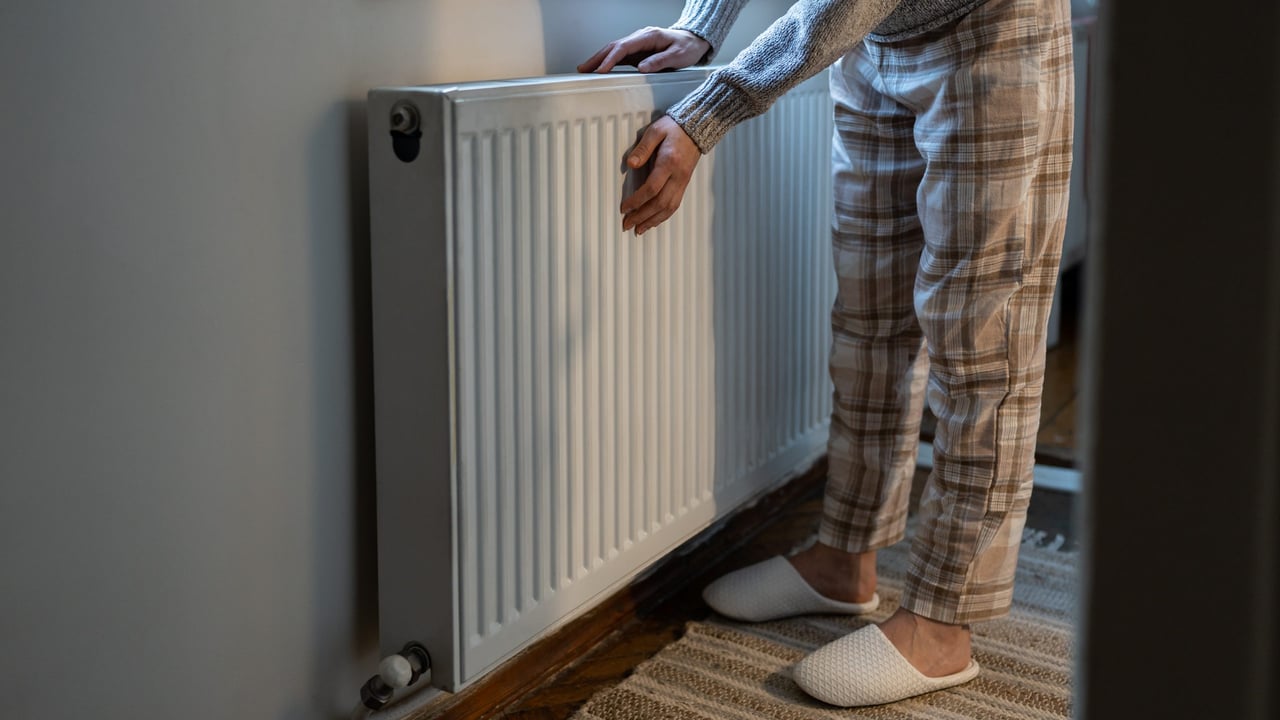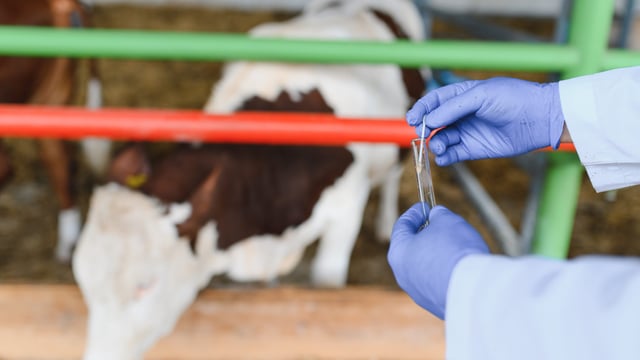CSO: Kerosene 'most common fuel' to heat homes in rural locations
More people in rural areas use kerosene to heat their homes compared to any other fuel according to a new survey published by the Central Statistics Office (CSO).
Homes in rural areas are also more likely to generate their own energy according to the CSO.
Nationwide the latest survey shows that almost 7% of respondents use peat on open fires as a source of additional heating.
The CSO today (Tuesday, November 25) published its Household Environmental Behaviours - Energy Use 2024 report which was based on a survey of 3,916 people conducted in 2024.
Dr. Robert Stapleton, statistician in the CSO Climate and Energy Division, said the report was “aimed at growing our understanding around primary and secondary fuel use, installations of energy efficiency technology in homes, electric vehicle ownership and...consumer behaviour.”
In rural locations, kerosene was the most common fuel or energy source used to heat homes at 41%.
This contrasted with 18% of respondents in urban locations reporting using kerosene as their main fuel for heating.
Respondents were also surveyed on additional heating in the home. Overall, around 70% reported using some form of additional heating.
More respondents in rural locations, around 85%, reported having a supplementary heating source compared with approximately 60% of those in urban locations.
Among the 21% of those reporting using an open fire as an additional heat source, 69% use wood logs as fuel, 62% use coal and around a third use peat.
This peat usage in open fires varied regionally, with 48% of those relying on open fires as an additional heat source in the Northern and Western region (counties Cavan, Donegal, Galway, Leitrim, Mayo, Monaghan, Roscommon and Sligo) using peat as a fuel.
This compares with 19% in the Southern region (counties Carlow, Clare, Cork, Kerry, Kilkenny, Limerick, Tipperary, Waterford, and Wexford) and 32% in the Eastern and Midland region (counties Dublin, Kildare, Laois, Longford, Louth, Meath, Offaly, Westmeath, and Wicklow).
Nationally, this equates to just under 7% of all people using peat on open fires as a source of additional heating.
Stoves and fires
Half of all respondents also reported having either a stove or an open fire as an additional source for heating.
Stoves were used as an additional heat source by 32% of respondents and open fires by 21% with some reporting having both. Plug-in electric heaters were used by 16%.
Differences were evident between rural and urban dwellers with 70% of all respondents in rural locations reporting having an open fire or stove as an additional heat source compared with around 40% of urban dwellers.
Installations
As part of the survey, people were asked about installations in the home linked to energy efficiency.
Around 11% of people reported having heat pumps installed, 10% reported having photovoltaic solar panels, and 8% reported having thermal solar panels.
Batteries for storing electricity were reported as being installed by 4% of respondents.
The most widely reported energy efficiency installation was smart heating controls, with around one in six reporting having them installed.
There were some differences between urban and rural locations, with 14% of rural dwellers reporting having heat pumps compared with 9% of urban dwellers.
Most installations were more common in rural than urban locations, except for smart heating controls.
Following this, 15% of respondents in rural locations reported having the ability to generate electricity compared with 10% of urban dwellers.
Similarly, a higher proportion of rural dwellers, at 13%, reported exporting or selling electricity generated in the home back to the grid than urban dwellers, at 7%.
Electric vehicles
In terms of electric vehicles, nationally, a higher proportion of respondents reported being more likely to purchase a petrol or diesel vehicle (41%) than a non-plug-in hybrid electric vehicle (13%), plug-in hybrid electric vehicle (10%), or battery electric vehicle (8%) for their next car purchase.
Those in urban locations (33%) were more likely to report potentially purchasing an electric vehicle when they next purchase a car than those in rural locations (26%).







